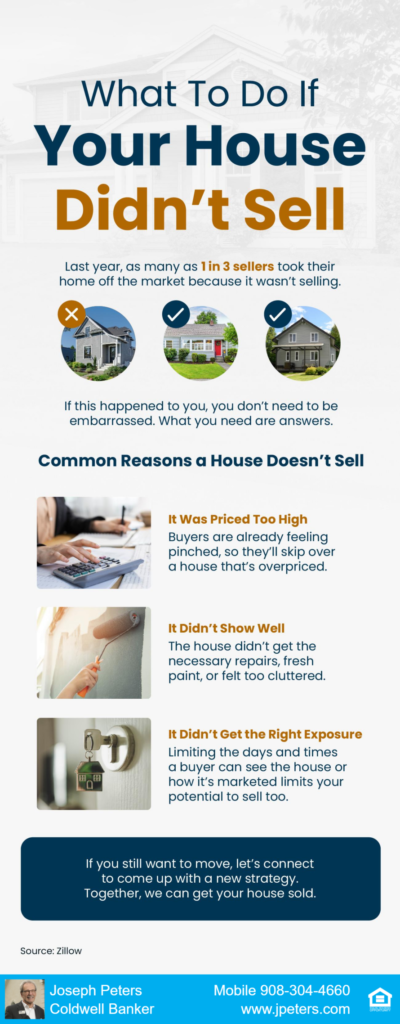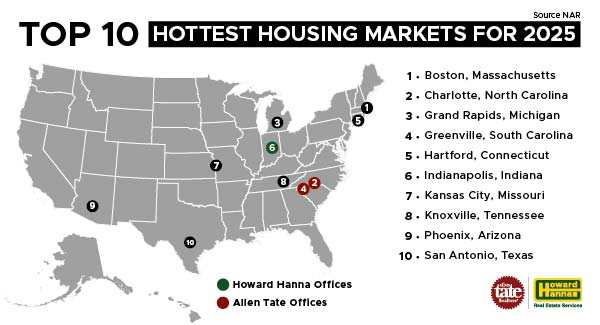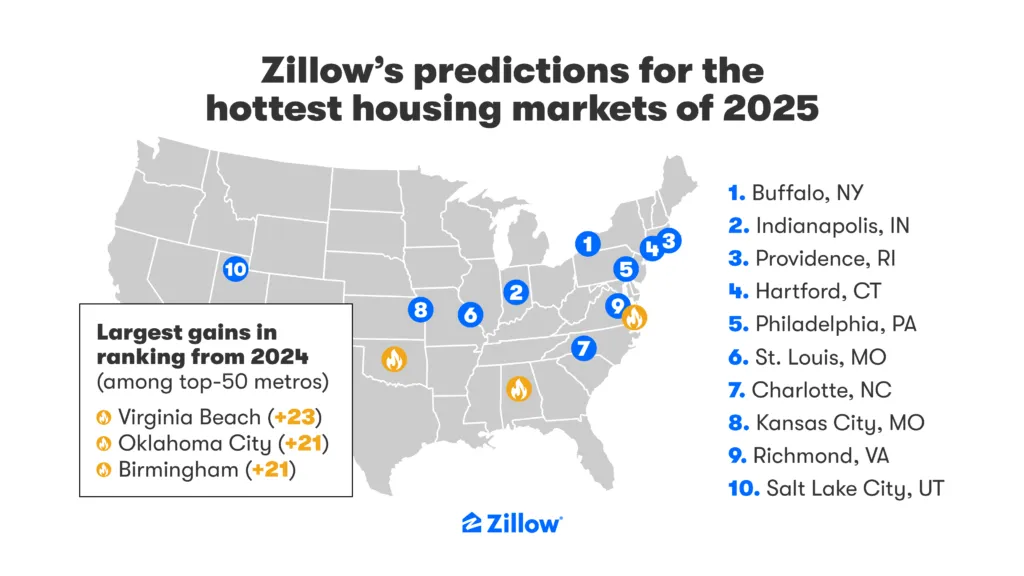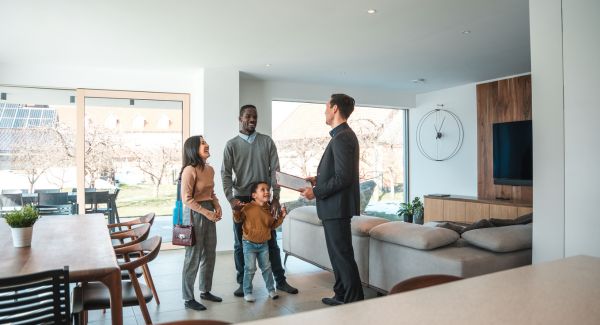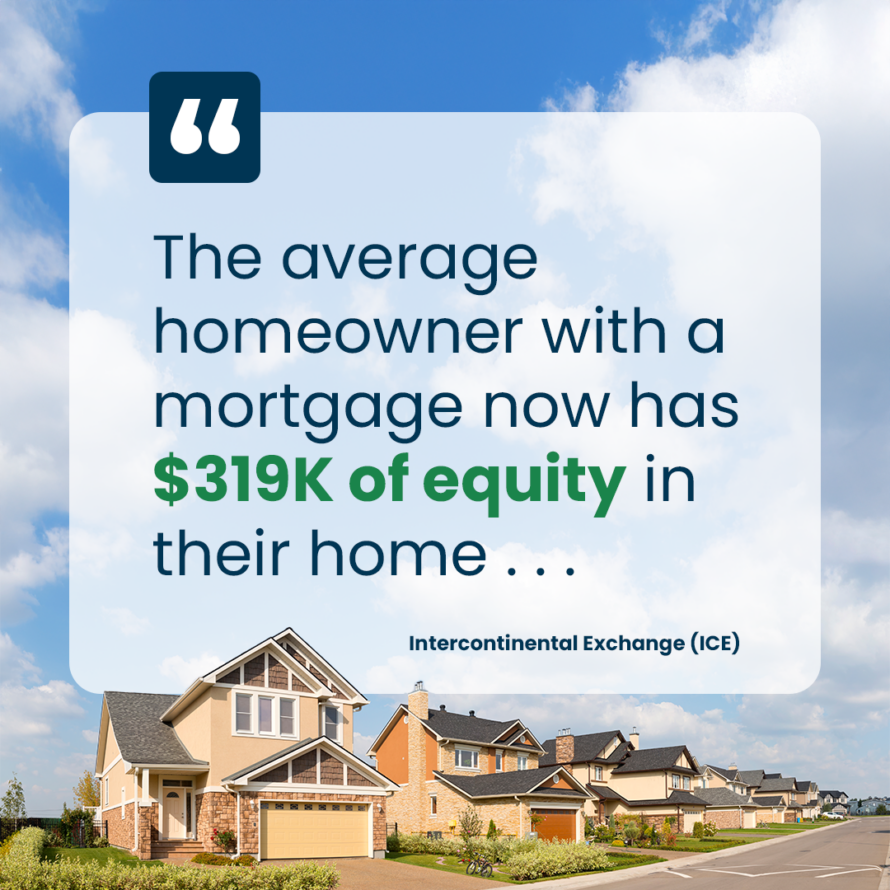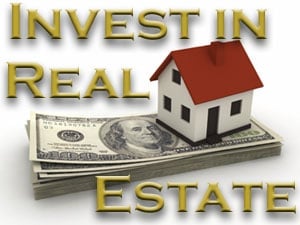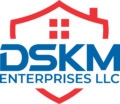The four most common questions for housing buyers answered
Last update on January 21, 2025 Navigating the process of buying your first home can be cumbersome, from discovering financing until you find the right one, it can be a challenge. Fortunately for you, that’s where we enter. Here are the answers to all your questions in buying a home. What should I do first? Examining houses for online sale is everyone’s favorite part of the housing purchase experience, but is it the first thing you should be doing? Unfortunately, it is not. It will reach that part of the process soon enough, but to ensure that you are configured for success, in the future, the first thing you should do is find out, how much you can afford. You will want to next meet with a mortgage lender to obtain a pre – approval for a loan. Ideally, your approval must be completed even before communicating with a real estate agent and before traveling to houses for sale. After all, it is not fun to fall in love with a house for which you cannot qualify. Next, find the perfect real estate agent to help you buy your first home. Ask, your friends and family, if they have a real estate agent that they recommend. After finding a real estate agent, sit down and make a list of needs versus wishes. This will help you reduce search criteria and deter it from falling in love with a house that does not meet your criteria. Finally, it’s time to travel to homes in person. Be sure to refer to your list of needs/desires for each property and don’t become discouraged if you visit multiple houses before finding ‘the right one”. Only to recapitulate, this is your outstanding tasks list: Find out how much you can pay Obtain pre -approval Find a real estate agent Think about the needs/wishes Start visiting houses How much will I need for an initial payment? Despite what you may have heard, first time home buyers don’t usually need 20% for a down payment. When it comes to initial payment options, buyers for the first time do not need to worry: there is a loan program that fits their budget. Here is a quick look at the most common housing buyer loan options for the first time: Conventional loans: 3% Available through Fannie Mae and Freddie Mac, these loans backed by the Government offer borrowers some quite attractive mortgage options. Qualified buyers can buy a house with only 3 percent. FHA loans: 3.5% FHA loans are often the best option for buyers for the first time. Less than stellar credit and not much effective in advance? The loans of the FHA are your saving grace. Housing buyers passing through the FHA to finance their home can do so with only 3.5 percent of leave. VA loans: 0% For army members, veterans, reservists and the National Guard, loans backed by veteran affairs can be obtained without any initial payment. PMI or private mortgage insurance, which is generally required for loans obtained without a minimum initial payment of 20 percent is not required with these loans, another great advantage. USDA loans: 0% Backed by the United States Department of Agriculture, Buyers of Eligible Rural and Suburban Housing can qualify for zero percent initial payment loans with low interest rates. If the hustle and bustle of the life of the big city has never been its scene, sit with a lender to verify and see if the home that interests him complies with the criteria of the USDA. In addition to the initial payment, why will I have to pay? Beyond its initial payment, you must come to the closing table with a check for its closing costs. From 2 to 5% of the total price of purchase of its loan, closing costs cover items such as lawyer fees, title rates, prepaid and warranty deposit, just to name a few. I have heard that the market is hard and I can get caught in a war of offers, how can I prepare better for that? In 2025, the market will be more balanced. However, the lack of inventory and a greater demand still make it a sellers market. In a market where there are more buyers than the houses available, especially for houses with the right price and in good condition, several buyers can make an offer in the same house; This is what is called a multiple offer situation. Do not worry: there are many things that you can do so that your offer stands out: First, make sure you are approved before sending an offer. If the list of pending tasks that we describe at the beginning were followed, you can continue and verify this outside your list. Next, be sure to send a “clean offer”, free of too many contingencies. If you are not sure what is too much to ask a seller, consult your real estate agent. They have a good pulse in the market at all times and can guide it in the right direction. Finally, be sure to present the best possible offer. Again, if you are not sure what could be competitive, talk to your real estate agent. They will be equipped with comparable market data and can guide it as you reach a number with which you feel comfortable. I visited 2,218 times, 1 visit (s) today
The four most common questions for housing buyers answered Read More »


